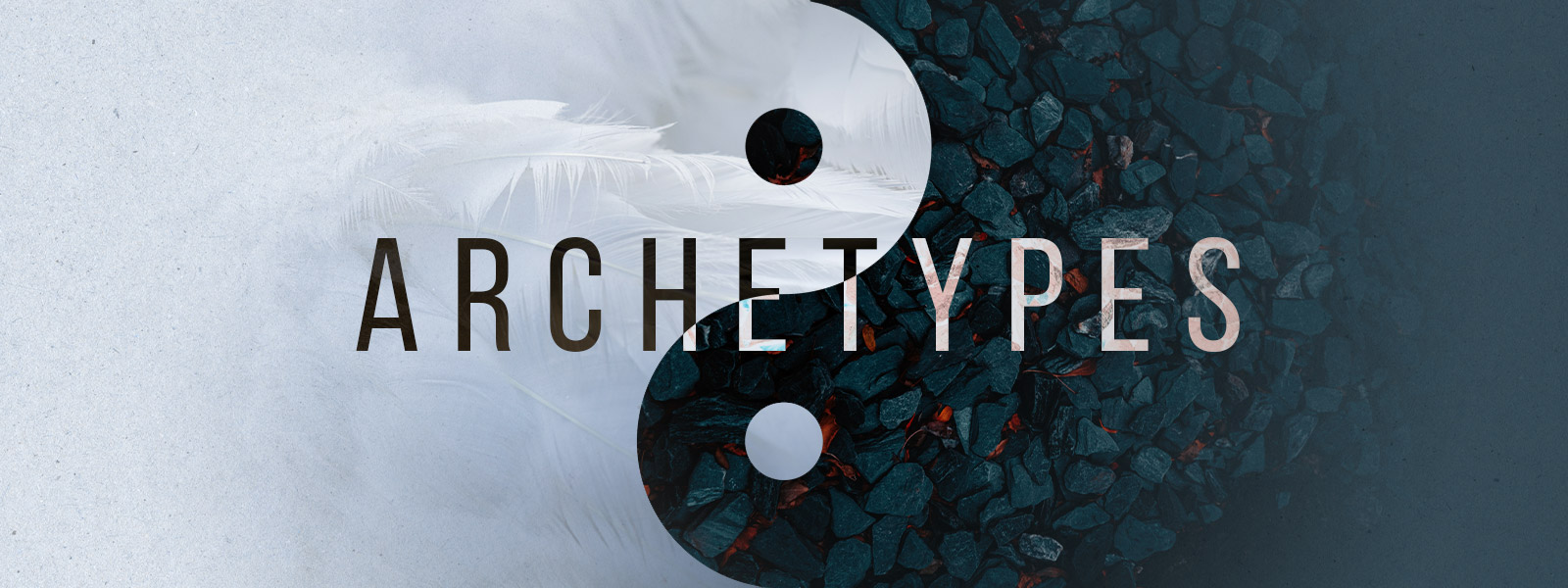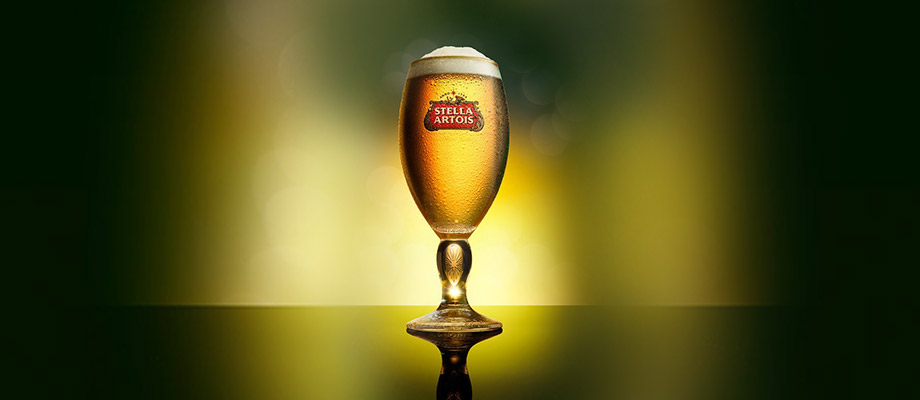Archetypes: The Two Sides of a Coin in Ad Creation

Are you feeling a bit mystified by the term archetype? Then give some love to our previous article on how these psychological phenomena help businesses shape their brand identities and write their brand stories.
Here is a quick hint: An archetype is a universal pattern that we often see in stories, characters, or symbols. It’s something that keeps showing up because it’s a common idea that we can all understand.
For example, a hero who faces challenges and eventually triumphs is an archetype. We see this hero in many stories, like Harry Potter or Luke Skywalker. Archetypes help us recognize and connect with stories and characters because they feel familiar, like something we’ve seen before.
We’ve previously explored how archetypes, with their mythical origins and deep historical roots, reside within our subconscious minds. Brands know this very well and masterfully weave in archetypal figures in their advertisements.
But there is more to them.
Archetypes are also built on oppositions. They are like the two sides of a coin – different yet inseparable.
One of the most prevalent archetypal oppositions is the age-old struggle of good versus bad, a theme deeply ingrained in our culture.
In fairy tales, we encounter benevolent characters battling their malevolent counterparts, symbolising the eternal clash between good and evil. This theme permeates our lives, from childhood lessons on being good and obedient to the dream of becoming the virtuous princess or charming prince.
This good-vs-bad dynamic extends beyond stories. In politics, representatives of the political parties compete to prove which one is better than the other and who should lead the nation. We also regard as “good” or “bad” our education, jobs, careers, music, movies and so on.
It is not a coincidence that everyone wants to be defined as “the good one” – this means that you possess something that others don’t. The quest for superiority is encoded in our upbringing and religious education. Talking about religion, heaven-hell is another archetypical opposition. In our minds, the righteous find their place in heaven’s eternal bliss, while the wicked face the torment of hell. It’s an archetypal opposition as old as time, shaping our understanding of right and wrong, good and evil.
Here the two archetypical oppositions- good-bad and beauty – ugliness show how bad it is to smoke. This habit has made the young and beautiful girl look old and ugly. The slogan says “Your beauty. Up in smoke”. The smoke is stealing away her attractive appearance, which is bad for her health and looks.

The image shows that the AUDI airbags are so reliable that they saved the beautiful girl’s life. Even more – the airbag saved her from going to hell.
Archetypes also encompass the opposition of “might – weakness.” In ancient mythologies like Egyptian and Greek, gods symbolise might with immense power, depicted through muscular builds, golden armour, and thunderbolts. Conversely, might manifest as beauty, as seen in Cleopatra and Aphrodite, who used their alluring looks to influence stronger men.
Alternatively, weakness implies dependency and insignificance, often resulting in neglect, a survival mechanism in our psychology. This instinctual behaviour drives us to focus on the powerful, potentially explaining our tendency to avert our gaze from the weak or disabled, stemming from self-preservation fears.
Nike is famous for funding the best athletes. The brand promotes the development of athletic performance. It is always possible to be better, stronger, and faster. There is an athletic and powerful woman in the picture. Even though she has a muscular and strong body she knows that this is not her limit and she can do more.

This pretty girl has everything under control. Her beauty and charm have weakened the three helpless men. The beautiful blond has attracted some of the most respected men in society – a pilot, a sailor, and a police officer. Even though they steer big machines such as ships and planes; and chase after bad criminals, the three of them are the weak ones here.
Other almost biblically important oppositions are “light – darkness” and “heaven – hell”. It is a well-known fact that God separates light from darkness and creates day and night. For a very long time, the prehistoric man received light only during the day – it brought warmth, freedom, and safety. Meanwhile, the night brought cold, fears of the unknown, and hostility. Light is connected with brightness, divinity, and heaven, while the long scary nights are related to hell, sin, evil powers, and the devil.
An interesting custom in Slavic traditions is to collect herbs during the day with the sun rising because it is believed that the sun banishes evil spirits.
In Celtic mythology, it is believed that the ones who had died during the night had to travel a shorter distance to the other world.
Nowadays the opposition light – darkness is used in movies, literature, and marketing communications. Usually, happy moments for the characters are presented with bright, optimistic outlooks, singing birds, and fresh summer aromas. Meanwhile, the scenes of sadness, depression, death, and funerals are on dark autumn days, falling rain and black clothes.
In advertising this opposition is used to show the supreme nature of a product.

Stella Artois is one of the best beers on the market. It offers excellent taste and a unique feeling. Its higher price can put it in the higher class of alcoholic beverages that only ladies and gentlemen with refined tastes can appreciate. The glass of the cold and desired drink is showered in light as if it were a reward after a long and exhausting day. The light gives the feeling of divinity and reminds us of the shining aureola of the saints. The glass is in the centre, which once more underlines its importance.
Well, that’s a wrap!
Did you get some inspiration? Are you ready to write the story of your business?

